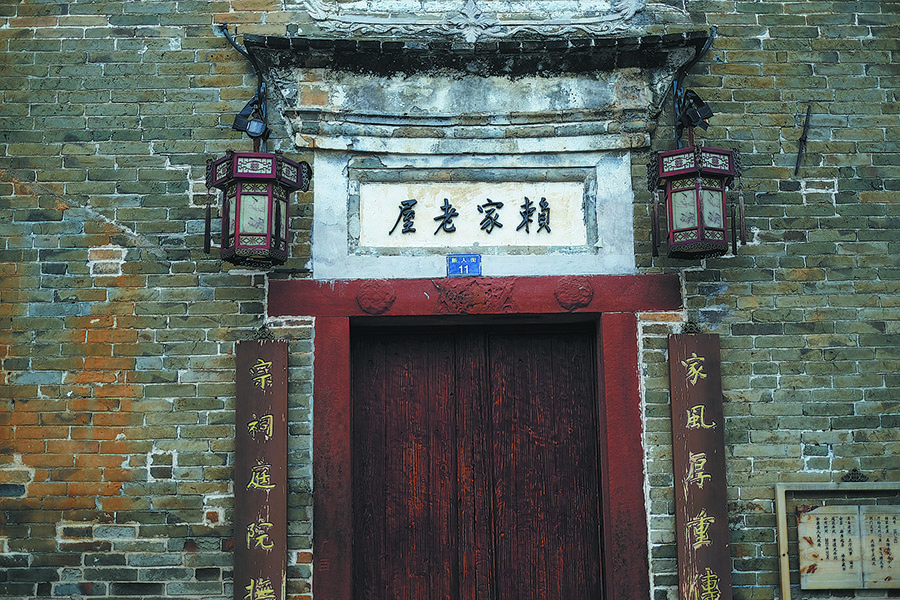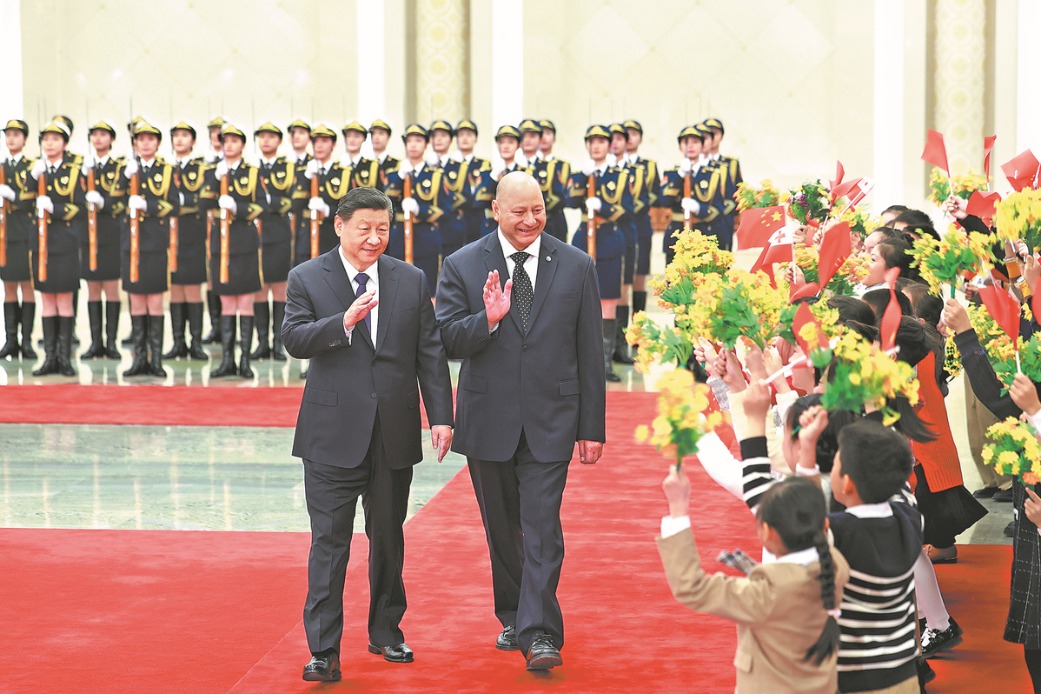A theatrical homecoming


Central to that mission is a philosophy of introspection. Lai quotes Socrates — "The unexamined life is not worth living" — and likens personal growth to finding the grain in a piece of wood. "You just have to find it," he says, "and once you do, believe in it."
He sees the theater village not only as a place of performance, but as a mechanism for others to do the same — to reflect, to create, and perhaps to find an alternative life path. "What if we added just one more option: theater, or art, or culture?" he asks. "Would people's lives change?"
A way to connect Huichang's people with art is to turn old buildings into theaters. As an example, the village's main 300-seat theater was once a printing factory. Nearby buildings, which once served industrial purposes, have also been transformed into a beer hall, artist studios, and offices for the theater company.
A sunken plaza now hosts night markets, live music and community events. Locals bring their families for art and entertainment. Also, another theater in the village is transformed from an ancestral hall of a local family, and all the chairs in the theater were donated by local people.
What once stood idle is now vibrant. This revival extends beyond architecture. It is also botanical. In the center of the village stand two ancient banyan trees, over 400 years old, which have now become symbols of the village.
"Since our theater village program started, it's incredible that the old tree has grown another five to six meters in height," Lai says.
"They are truly full of vitality. Now our poster is that tree and a bulb underneath it. It stands for the energy of creativity that comes from the soil. The light bulb is nourishing energy."
























